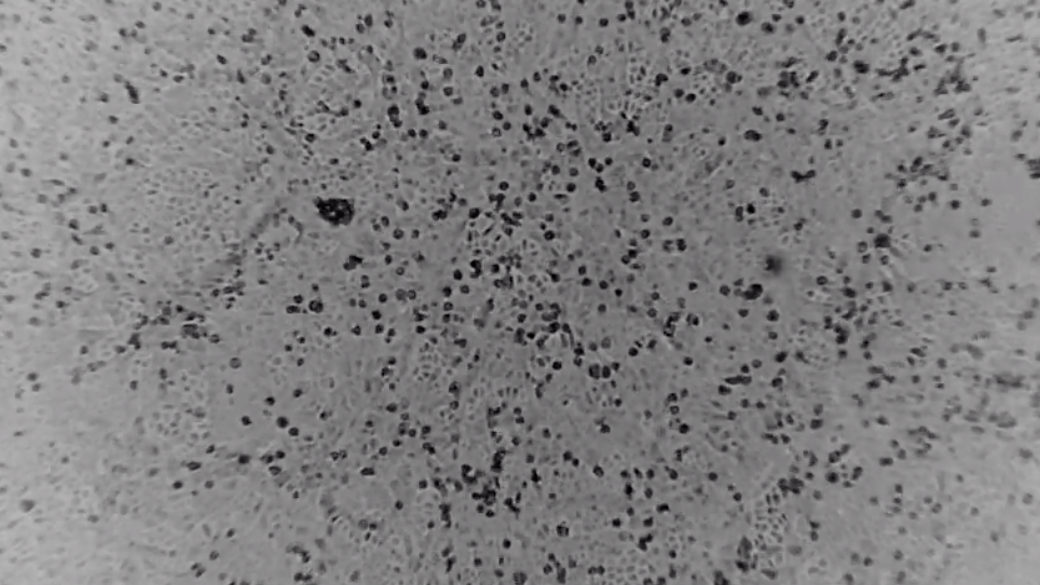Media Release
From: Doherty Institute for Infection and ImmunityScientists from the Peter Doherty Institute for Infection and Immunity (Doherty Institute) – a joint venture between the University of Melbourne and the Royal Melbourne hospital – have successfully grown the Wuhan coronavirus from a patient sample, which will provide expert international laboratories with crucial information to help combat the virus.
This is the first time the virus has been grown in cell culture outside of China.
The Royal Melbourne Hospital’s Dr Julian Druce, Virus Identification Laboratory Head at the Doherty Institute, said this was a significant breakthrough as it will allow accurate investigation and diagnosis of the virus globally.
“Chinese officials released the genome sequence of this novel coronavirus, which is helpful for diagnosis, however, having the real virus means we now have the ability to actually validate and verify all test methods, and compare their sensitivities and specificities - it will be a game changer for diagnosis,” Dr Druce said.
“The virus will be used as positive control material for the Australian network of public health laboratories, and also shipped to expert laboratories working closely with the World Health Organization (WHO) in Europe.”
Dr Mike Catton, Deputy Director of the Doherty Institute, said that possession of a virus isolate extended what could be achieved with molecular technology in the fight against this virus.
The Doherty Institute-grown virus is expected to be used to generate an antibody test, which allows detection of the virus in patients who haven’t displayed symptoms and were therefore unaware they had the virus.
“An antibody test will enable us to retrospectively test suspected patients so we can gather a more accurate picture of how widespread the virus is, and consequently, among other things, the true mortality rate,” said Dr Catton.
“It will also assist in the assessment of effectiveness of trial vaccines.”
The virus was grown from a patient sample that arrived at the Royal Melbourne Hospital’s Victorian Infectious Diseases Reference Laboratory (VIDRL) at the Doherty Institute on Friday, 24 January.
“We’ve planned for an incident like this for many, many years and that’s really why we were able to get an answer so quickly,” said Dr Catton.
Dr Catton also credited the success to Australia’s network of laboratories and public health authorities effectively working together.
“We are very pleased at how it has come together and are glad we were able to respond quickly, which we will continue to do so.”
Time lapse photography of novel coronavirus 2019-nCoV growing in Vero E6 cells. Credit Dr Julian Druce VIDRL, The Doherty Institute.
https://www.youtube.com/watch?v=qTt3P5V8M1A&feature=youtu.be
Dr Mike Catton and Dr Julian Druce will be available for interview at the Doherty Institute at 1:30pm on Wednesday, 29 January – 792 Elizabeth Street, Melbourne. Footage obtained in the laboratory by the Australian Broadcasting Corporation (ABC) will be available via the normal pool arrangements after 1:30pm.


